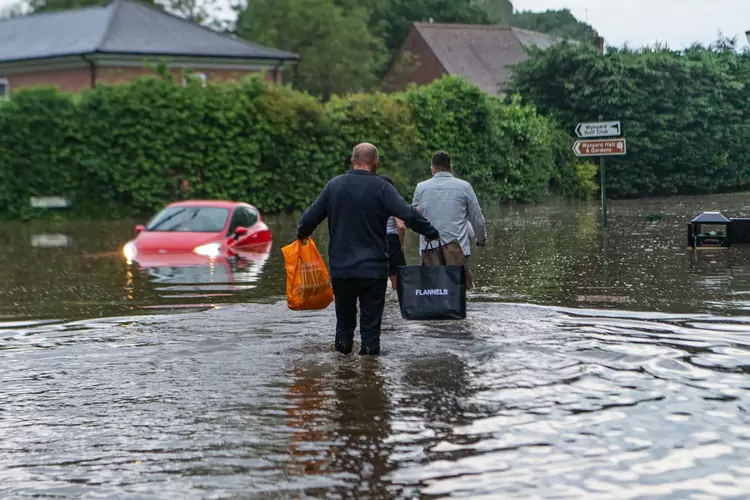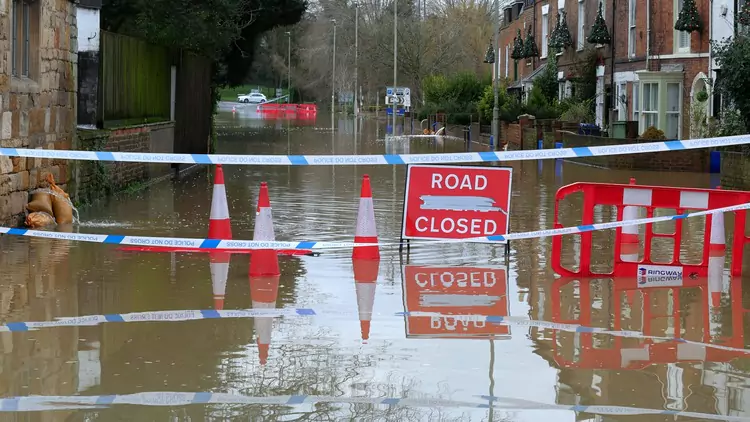
New Environmental Agency assessment reveals that 6.3 million properties are at risk of flooding in England
By
A new assessment from the Environmental Agency (EA) has revealed 1 in 4 homes across England could be at risk of flooding by 2050. The latest data shows that a total of 6.3 million properties are based in areas at risk of flooding from one – or a combination of – rivers, the sea and surface water.
Enjoying this article? Check out our related reads:
Around 4.6 million of these properties are in areas at risk of flooding from surface water, which occurs when such a high quantity of rainfall occurs so that drainage systems are blocked – leading to surface water runoff, also known as flash flooding. London is the most at risk from this type of flooding.
Compared to the EA’s previous assessment, the figure of 4.6 million is an increase of 43 per cent – but these changes are largely due to vast improvements in data analysis rather than genuine increases in flood risk.

With climate change, the total number of properties in areas at risk from rivers and the sea or surface water could increase to around 8 million by the middle of the century, or around one in four properties.
Properties are defined at risk by the EA when the yearly chance of flooding is more than one-in-1,000.
As well as flooding, the updated assessment also considered the impact of coastal erosion risk and its impact on our shorelines. 3,500 properties are expected to be in areas at risk from coastal erosion in the period by to 2055, a figure that will then rocket to more than 10,000 properties by the end of the century.
‘The Environment Agency’s National Flood and Coastal Erosion Risk Assessment released today paints a stark picture: the impact of climate change is accelerating, with severe consequences for economies, communities, and industries worldwide,’ said senior ESG analyst at Hargreaves Lansdown, Tara Irwin.
However, severe flooding is not a certain reality for the UK’s future: by reducing greenhouse gases and using both natural and man-made flood defences, the impact of flooding can be mitigated.




